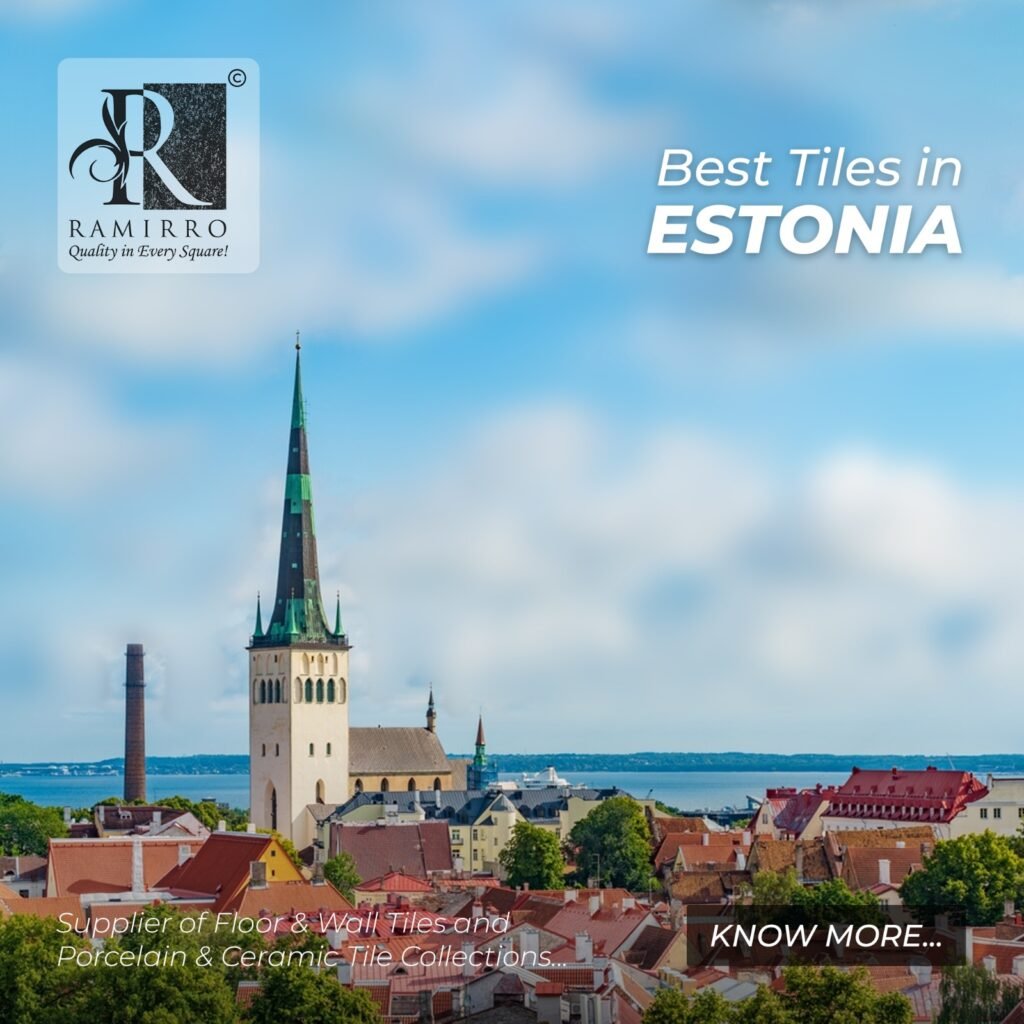Estonia’s demand for high-quality floor and wall tiles is growing rapidly, driven by a blend of modern design trends and the need for durable, climate-resistant materials. Ramirro Ceramica stands out as a premier supplier of porcelain and ceramic tiles, offering an extensive collection that perfectly suits Estonian homes and commercial spaces. Known for “Quality in Every Square,” Ramirro Ceramica combines innovative manufacturing with artistic design to deliver tiles that are not only stylish but also built to withstand Estonia’s unique weather conditions. Whether you are renovating a kitchen backsplash, upgrading flooring, or designing outdoor areas, Ramirro’s porcelain vitrified and ceramic tile collections provide versatile, long-lasting solutions tailored for Estonia’s architectural and lifestyle needs.
The history of tiles in Estonia reflects a fascinating journey from ancient handcrafted ceramics to today’s modern, design-forward tile collections. Estonia’s earliest ceramic traditions date back to the Neolithic period, around 4900 BC, with the Narva culture producing thick clay pottery mixed with natural materials like pebbles and shells. These early ceramics laid the foundation for Estonia’s long-standing relationship with clay and tile craftsmanship.
Over centuries, tile-making evolved from simple pottery to more intricate and artistic expressions. The medieval period saw skilled artisans creating decorative tiles, often used in churches and castles, reflecting a blend of artistic and religious influences that paralleled broader European trends. Estonia’s ceramic art also absorbed influences from neighboring cultures and later, from the Renaissance and Baroque periods, enriching local tile designs.
In the 20th century, Estonian artists like Adamson-Eric elevated ceramic tile art to new heights, crafting vibrant, masterfully detailed tiles that connected Estonia’s heritage with European modernism. His work demonstrates Estonia’s deep artistic ties and the cultural significance of tiles beyond mere functionality.
